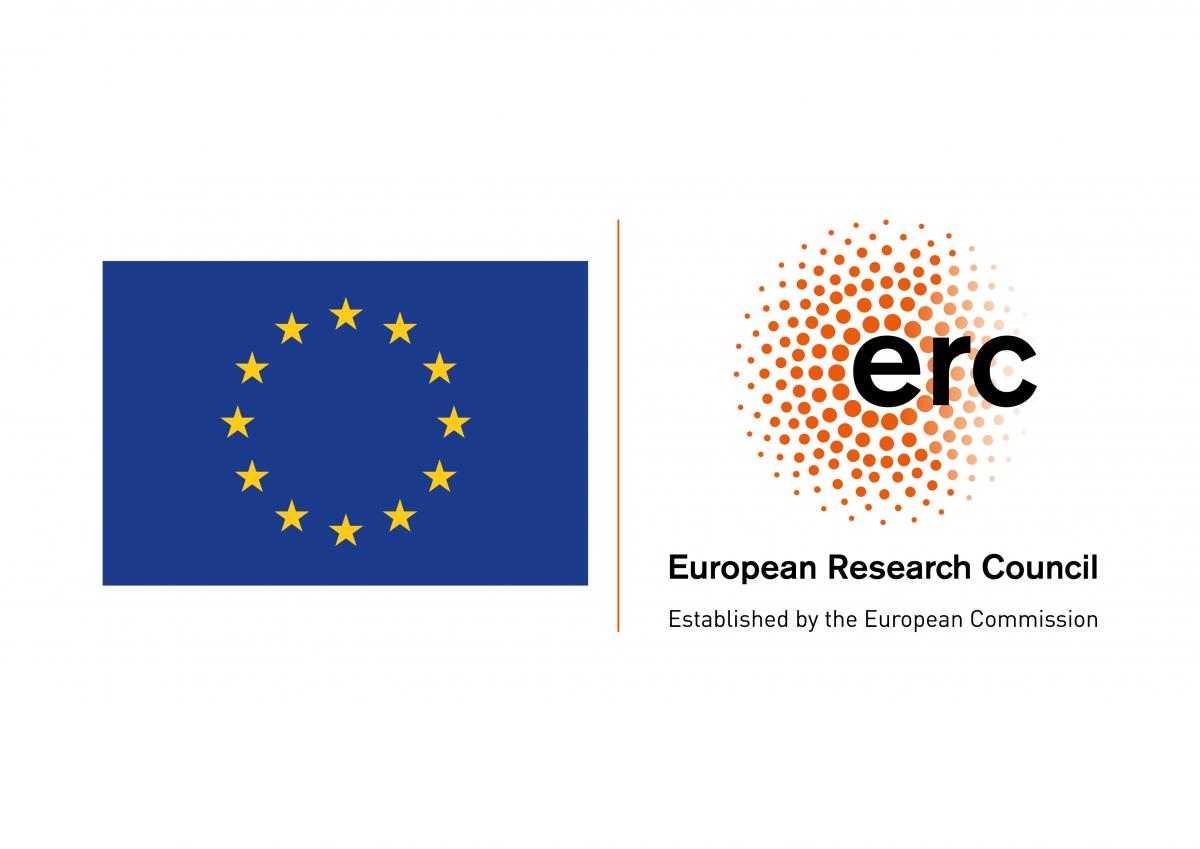Massimiliano Fiorini coordinerà un ERC Consolidator Grant.
 An researcher of INFN Ferrara and associate professor at the University of Ferrara will be Principal Investigator of an ERC Consolidator Grant project, reserved for outstanding researchers with a promising future. Massimiliano Fiorini will coordinate scientists from Unife, INFN and CERN in Geneva. Objective, to locate single photons with space-time resolutions never previously obtained.
An researcher of INFN Ferrara and associate professor at the University of Ferrara will be Principal Investigator of an ERC Consolidator Grant project, reserved for outstanding researchers with a promising future. Massimiliano Fiorini will coordinate scientists from Unife, INFN and CERN in Geneva. Objective, to locate single photons with space-time resolutions never previously obtained.
For the first time, an associate professor from the University of Ferrara and INFN researcher, Massimiliano Fiorini, will be the coordinator of an ERC Consolidator Grant research project, a European funding reserved for excellent researchers with a solid scientific background and a promising future.
The European Research Council has awarded Fiorini, researcher of the Department of Physics and Earth Sciences of Unife and associate with research assignment at the National Institute of Nuclear Physics (INFN), a grant of about 2 million euros. The physicist from Ferrara will be the Principal Investigator of 4DPHOTON, a 5-year project that will involve scientists from INFN, Unife and CERN in Geneva.
4DPHOTON (Beyond Light Imaging: High-Rate Single-Photon Detection in Four Dimensions), envisages the development of an innovative tool capable of detecting single photons in time and space (detection in 4 dimensions) with combined resolutions never previously obtained. The detector will be able to locate photons with spatial resolutions of just a few micrometers and temporal resolutions of some tens of picoseconds, with fluxes of up to 1 billion photons per second with negligible background noise.
| "In practice - explains Fiorini - it will be like creating a digital camera with a very high temporal resolution: a normal camera accumulates photons in every single pixel for a" long "interval of time, while the new device will be able to measure every single photon with time precision of fractions of a billionth of a second! " |
The goal of the project
The acquisition and interpretation of images are fundamental tools for making new discoveries in many scientific disciplines. The quantum nature of light requires the existence of an ultimate limit of detection: the single photon. If we were able to measure every single photon emitted with great temporal and spatial precision then it would be possible to determine the complete information on a light source. “The detectors currently available, however, are unable to do this: either they have excellent spatial resolutions but are slow, or they are fast but with poor spatial resolution, or they are very noisy,” explains Massimiliano Fiorini. "The goal of 4DPHOTON is to fill the existing technological gap: this detector will have a great impact in all those disciplines in which it is necessary to measure with great precision the position and time of single photons simultaneously, such as, for example, in high energy physics and in biology, but not only ".
Technology
The heart of this instrument is represented by an integrated circuit developed in 65 nm CMOS technology, capable of processing signals and measuring position and time using hundreds of thousands of electronic channels that work independently, producing a maximum output data flow of approximately 80 Gbps (equivalent to the transfer of data contained in approximately 15 CD-ROMs every second).
The project foresees the application of the new detector in future experiments to high energy accelerators (for example in the high luminosity phase of the Large Hadron Collider at CERN) and will allow for example to identify charged hadrons if used in a RICH detector. (Ring Imaging Cherenkov). With the increase in brightness of the accelerators and the consequent increase in the number of particles that accumulate in the detectors, the addition of the time coordinate at the level of tens of picoseconds is of fundamental importance to be able to associate the particles that come from the same event (and that arrive simultaneously) and discard those that belong to different events and therefore arrive out of time.
Furthermore, the detector will be used in the field of fluorescence microscopy to explore new imaging techniques, thanks to the unique combination of excellent temporal and spatial resolutions in a single instrument capable of detecting single photons at high rates. This detector will be used, for example, to measure the lifetime of fluorescent markers, and thus distinguish between different markers that have similar fluorescence spectra but different lifetimes. It will also allow us to study the temporal evolution of biochemical processes on a time scale of tens of picoseconds, opening up possible new research scenarios.




